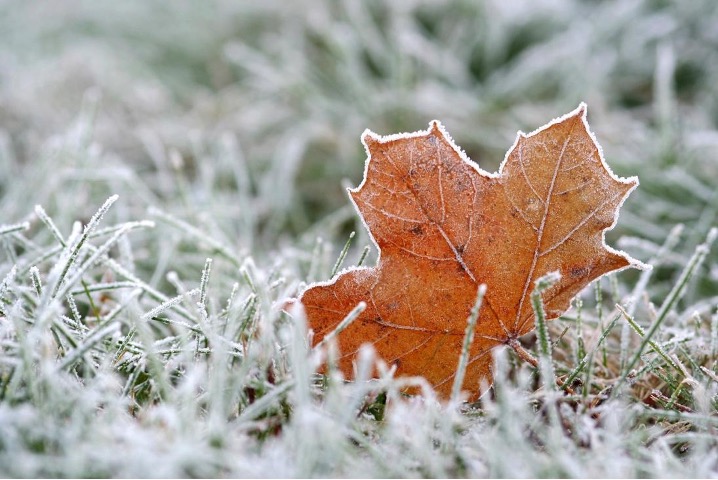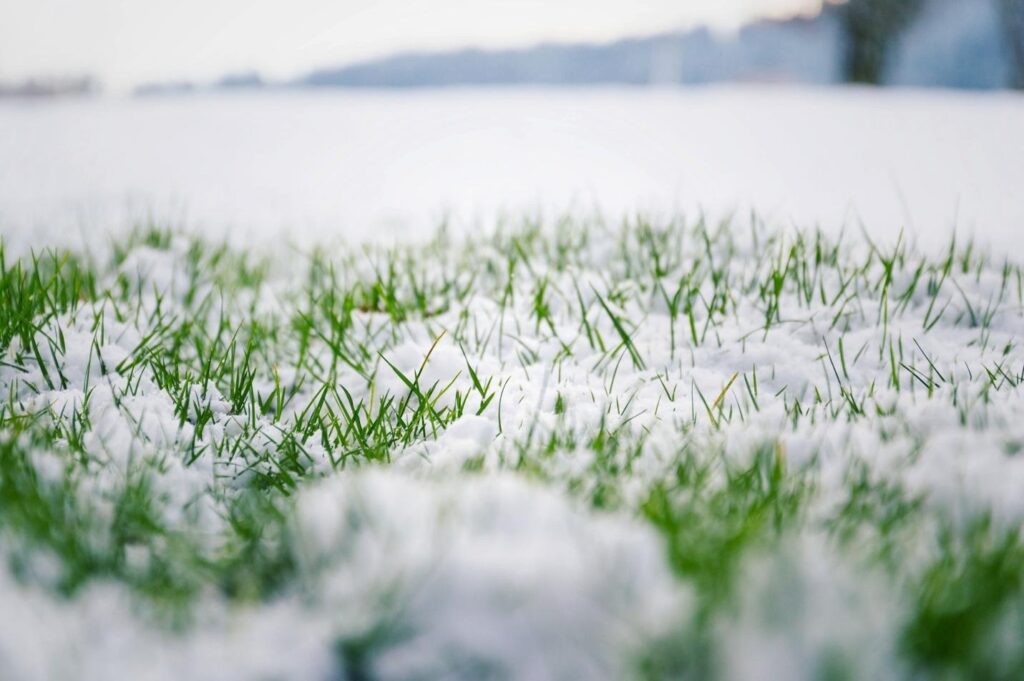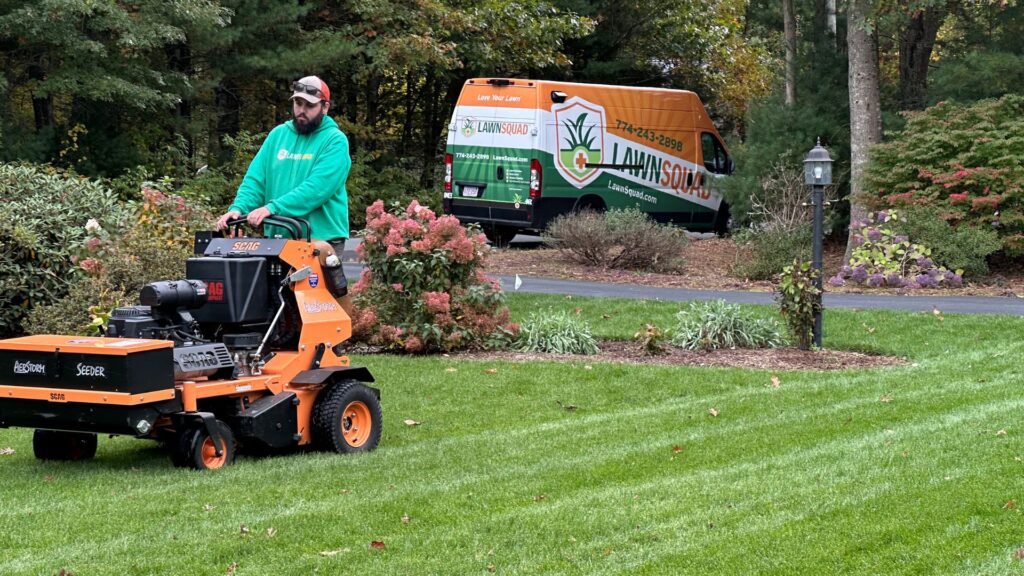Spring is a time to prep your home for the upcoming hot summer months. One component you don’t want to forget about is your lawn. We’re going to share our best lawn care tips so that you can enjoy a beautiful green lawn when summer arrives.
What Makes Spring Lawn Prep Essential in South Texas?
There’s no doubt that South Texas can experience some very hot weather. It’s essential to get your lawn thriving before any heat waves roll through as thriving grass will be more likely to survive extreme conditions than weak grass. By implementing the lawn care tips we’ll discuss below, you can ensure your lawn is thriving early on in the spring so it can endure the worst of the summertime heat.
Assess and Clean Up Your Lawn
One of the best areas to start caring for your lawn in the spring is by giving it a good lookover. Pay particular attention to any areas where there is a color change or missing grass. These are likely the result of disease from the colder winter season. One of our lawn care professionals should treat any areas you believe are diseased to prevent it from spreading to healthy parts of your lawn.
Another thing to look for is debris. Any leaves, twigs, or other debris on top of your lawn should be removed early in the spring. This unwanted debris will harness moisture and can lead to issues like rotting if left unchecked.
Start Removing Thatch and Aerate it
Thatch is a dense layer of undecomposed organic material that builds up between the grass blades and the soil, especially common in St. Augustine and Bermuda lawns. Left unchecked, thatch can trap moisture, leading to issues like root rot, and it can prevent essential nutrients from reaching the soil. Removing it helps your grass grow stronger and healthier by giving the roots better access to air, water, and nutrients.
While thatch can be removed with a manual rake, our team uses professional dethatching equipment that speeds up the process and delivers more consistent results. Once the thatch is cleared out, it’s the perfect time to aerate your lawn.
Aeration involves creating thousands of small holes in the soil to break up compaction and improve the flow of water, oxygen, and nutrients to the roots. This is especially beneficial for lawns with heavy clay soil or high foot traffic. For San Antonio homeowners, core aeration is most effective in late spring when warm-season grasses are actively growing. Our specialized equipment ensures your lawn gets the thorough care it needs to develop deep, resilient roots.
What Is Overseeding?
One concept that might confuse many San Antonio homeowners is overseeding. This describes spreading new grass seed over your existing lawn. Overseeding is ideal for creating a denser lawn and works to eliminate unwanted bare spots that pop up after the winter.
In San Antonio, warm-season grasses like Bermuda and St. Augustine are common. These grasses don’t typically require overseeding in spring unless your lawn has suffered winter damage or thinning. Overseeding with compatible varieties can help improve density before the summer heat sets in.
When Should I Start Fertilizing in San Antonio?
Whenever the topic of spring lawn care comes up, one thing that many homeowners wonder is when they should fertilize. Fertilizing provides the essential nutrients your grass needs to start growing strong. Think of fertilizer as an energy drink for your roots to get them thriving again after their dormant winter season.
The best time to fertilize is right after you overseed your lawn. You can use a general all-purpose fertilizer or you can rely on our lawn care professionals to test your lawn and create a specialized fertilizer solution for it. By fertilizing early in the season, your grass can get the start it needs to grow up strong and crowd out any potential weed growth.
Weed Control Measures
Weeds can be the downfall of any lawn. If they are allowed to flourish unabated, they can start crowding out the grass blades and cause them to die off over time. Plus, weeds can starve the roots of your grass of the nutrients and moisture they need to thrive. Pre-emergent herbicides are most effective when applied before soil temperatures reach about 55°F, usually in February or early March in San Antonio. Knowing what weeds your lawn regularly experiences can help you know which ones to treat it for.
Which Weeds Are Common in This Area?
San Antonio has many different types of weeds that can affect your lawn. Some of the more common ones are dandelions, crabgrass, chickweed, mallow, thistle, and clover. If you notice any of these weeds popping up in your lawn, it’s best to try to remove them by hand to minimize their impact. Be sure to remove the entire taproot to prevent regrowth of the weed.
Treat for Pests as Well
Pests can also wreak havoc on your lawn, causing your grass’s roots to die off and leave your lawn looking bare and brown. Some pests, like the mole cricket, burrow tunnels under the soil’s surface that disrupt roots and prevent adequate nutrients and moisture from getting to them. If you know your lawn regularly experiences certain pests, it’s best to let our experts treat it in the spring to prevent these unwanted intruders.
What Lawn Pests Are Common?
The warm San Antonio environment is home to many unwanted lawn pests. Some of the most common ones include fire ants, armyworms, chinch bugs, mole crickets, and cutworms. By understanding the common signs associated with each pest, you can seek out treatment if you spot their signs in your yard. For example, fire ants will create visible mounds, while mole crickets will create burrowing tunnels.
Mow Appropriately
If you love mowing your lawn, then you may be tempted to jump right in and get going on the first nice day of spring. However, avoid the temptation and ensure your mower is set appropriately. Your mower blades should be sharpened to ensure they don’t tear the grass blades, as that could cause disease and impede growth.
During the first mowing of the season, aim to set your mower deck a couple of settings lower than normal. Grass coming out of dormancy isn’t as tall as your normal grass. Lowering the deck slightly helps remove winter-damaged tips, but you should still avoid cutting more than one-third of the grass blade at a time. Reset the height after your first mow to prevent future lawn scalping.
Mindful Watering Practices
Watering can make or break your lawn for the year. Once you overseed and fertilize, it’s necessary to water every day. The trick is to do very light watering, just enough for the new seeds to remain moist. These seeds must be wet to germinate properly.
Once the new grass grows a couple of inches, switch back to weekly watering. Ideally, you should do deep watering of about 1 to 1 1/2 inches of water every week. This deep watering practice helps to encourage deep root growth by making your grass’s roots grow further down into the soil to reach the available water.
Professional Lawn Care Service
At Lawn Squad®, we provide tailored lawn care services for local homeowners. From fertilization and overseeding to aeration, weed control, and pest management, our team helps prepare your lawn for the Texas heat. Call us today to schedule your spring consultation!






